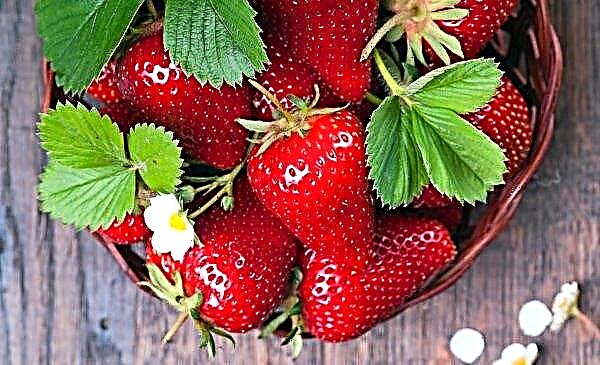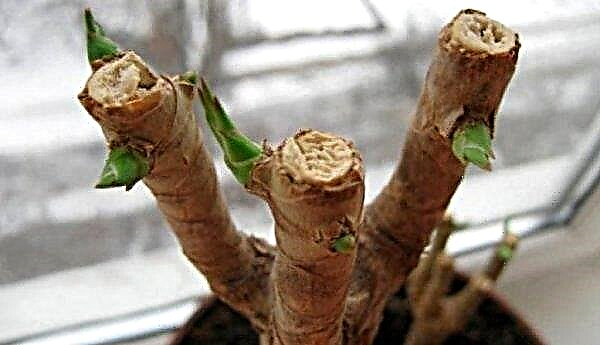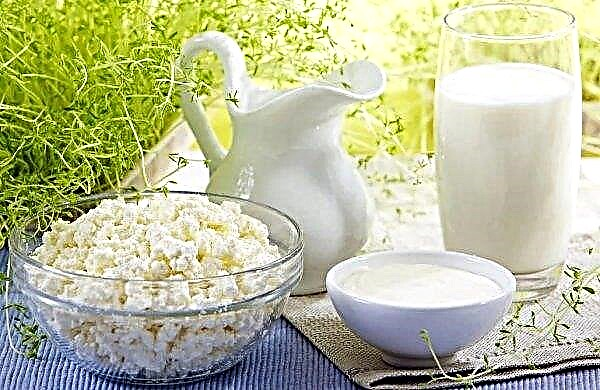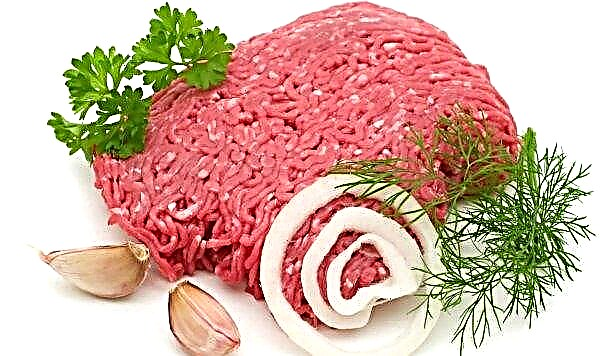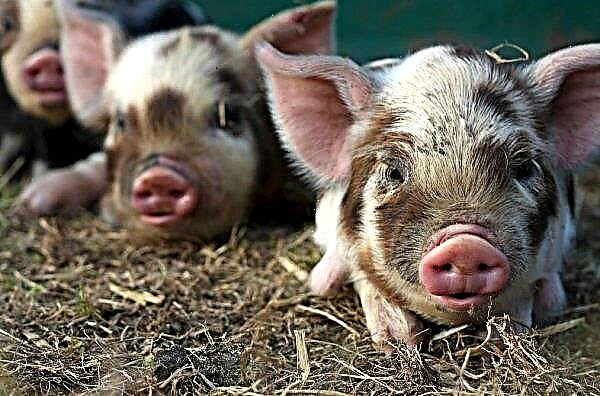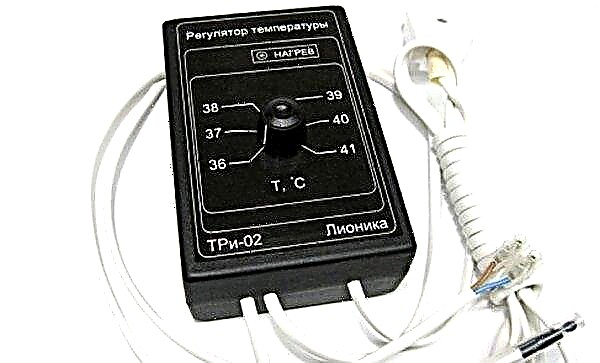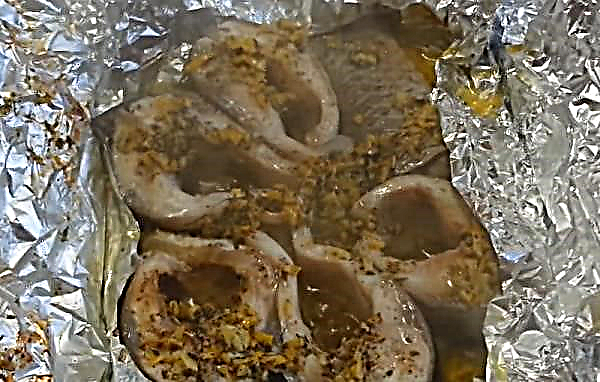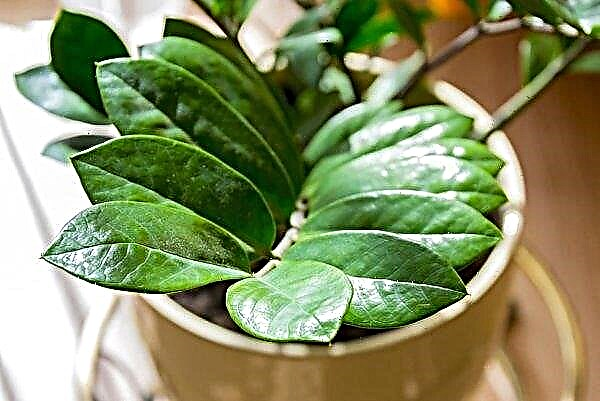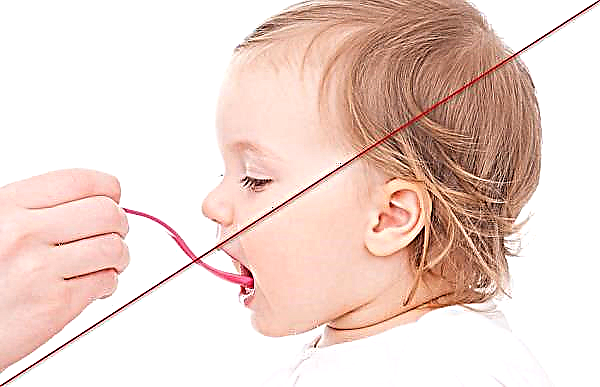Almost no garden plot, decorated according to modern trends, can do without planting a bright lawn. In order for the green grass not to fade and not lose its attractive appearance, such a lawn must be fertilized with high-quality drugs in a timely manner and saturated with useful trace elements. From this article you will learn about the frequency with which it is recommended to apply top dressing depending on the season, what types of fertilizers exist, as well as the distinguishing features of each of them.
How often do you need to fertilize the lawn
Lawn grass belongs to the culture of intensive cultivation with periodic updating of the total height. During pruning, the stems lose their previously accumulated micronutrients, and therefore need timely nutrition. To maintain the quality appearance of your lawn, it is important to strictly adhere to the frequency and proportions of fertilizer application. It is strictly forbidden to violate these rules and exceed the established norms, since this can provoke the development of diseases.
To calculate the optimal frequency of application of useful organic microelements, one should take into account the composition of the soil, environmental conditions, as well as the varieties of herbs that are part of the lawn and their natural need for fertilizer application. The season of the year also affects. It is especially important to do the procedure before the rain. This contributes to a better penetration of beneficial substances into the roots of the plant.
Important! The lack of nitrogen is indicated by bald spots and a dull appearance of the lawn. But if the lawn is sluggish and breaks underfoot - phosphate deficiency is on the face.
In summer
With the arrival of hot weather, the lawn is especially in need of fertilizer. For these purposes, it is best to use complex minerals, and the best time for feeding is considered the end of the first month of summer - the beginning of the second.

It is also recommended to fertilize the soil with potassium salt, while it is optimal to carry out this procedure 2 times per season at the rate of 15–20 g per 1 m². If summer turned out to be rich in precipitation, it is recommended to increase the rate, i.e. potassium is washed out of the plant with greater intensity.
In the spring
During this period, it is important to restore the lawn after cold weather. So, it is necessary to make fertilizers with a high content of nitrogen, phosphorus, potassium. They will provide growth intensity, pronounced green color and density to the future lawn. It is necessary to introduce useful microelements as soon as the snow has melted and before the appearance of new blades of grass.
Fall
The main goal of applying useful fertilizers during this period is the preparation of the lawn for the onset of cold weather. The emphasis should be on the introduction of potassium-phosphorus mixtures 7–10 days before the onset of the first frosts. Also at this time of year it is necessary to introduce superphosphate, which has a long-lasting effect. The dose of the drug is 50–70 g per 1 m².

Types of fertilizers and fertilizing the lawn
For the beauty and well-groomed appearance of lawn grass, you need to regularly feed it. And you should understand what kind of fertilizer is better to use. It should be noted that they come in a wide variety of forms: granular, liquid and solid.
And each of these types has a specific application. Also, one should not forget that in addition to mineral fertilizers, organic species are also added under the lawn. All types of feeding grass cover are described below.
Did you know? In 2003, on the sidelines of the agricultural enterprise Agro-Union " was A world record was set: in one day, 1 unit sowed 571.9 ha of spring barley. At the same time, applying granules with fertilizer.
Nitrogen
The introduction of nitrogen-containing mixtures stimulates the growth of plants, and as a result, the territory of the lawn is covered with a thick bright green carpet. Note that the loss of this important trace element occurs with the stopping of the plant root. Therefore, it is necessary to pay attention to this type of top dressing at a time when the grass is actively growing.

This type of fertilizer is applied for the first time in early spring, as soon as the crops begin to move away from winter, around mid-April. The first dose is about 250 g per hundred square meters of the lawn. This dose is stimulating the growth of plants. The initial feeding for two weeks is valid.
The next step in working with nitrogen fertilizers is to apply them after the first mowing of lawn grass, around mid-May. Subsequent feeding is done every two weeks. The last fertilizer use will be top dressing at the end of August.
Important! Nitrogen fertilizers are of two types, differing in speed of action: fast and slow. Fast apply in the spring, slow - in the fall.
Nitrogen-containing fertilizers are considered:
- urea;
- ammonium nitrate;
- ammofosk;
- nitroammophosk.

Phosphorus
A positive effect on the lawn from the application of phosphorus top dressing is to strengthen the root system of turf and increase the area of nutrition for plants. An additional bonus will be the active formation of young side shoots. This microelement has a useful property - the ability to stay in the soil for a long time. Therefore, you can once apply it as fertilizer in the soil, and throughout the season it will provide lawn grass with nutrition.
It is possible to make this type of top dressing both in the spring, and in the early autumn. This type of feeding includes superphosphate double and superphosphate simple. These fertilizers help the grass better tolerate winter cold.
Potassium
Potash fertilizers help keep the lawn in excellent condition. They should be introduced throughout the growing season. If top dressing is done in the fall, it provides the grass with a good supply of vital energy, and also makes it resistant to climate change, diseases and various pests.
Important! In preparing for winter frosts, potassium plays a special role, like other elements. Contributing to the development of frost resistance in plants, prevents the emergence of many diseases.
In the autumn, you can use complex compounds and potassium sulfate. Minimum application is to be made once a year, because potassium is very quickly washed out of the soil.
Perhaps the need for this particular trace element in plants is not as high as for nitrogen or phosphorus, but still it should not be neglected. It stimulates the growth of grass, provides a bright green color, makes the plant more strong and hardy.
Complex fertilizers
A very convenient solution for feeding grass is the choice of complex compounds. These are ready-made mixtures that combine all the elements necessary for a plant, selected in the right dosage and designed for a particular time of year.

They contain all the list of useful microelements necessary for plant life. The nutritional components in the required dosage are included in these mixtures. It is very convenient for the gardener.
Such fertilizers include:
- nitroammophosk;
- nitrophos;
- ammophos;
- potassium phosphate.

Such mixtures are not intended for use on young grass. If the lawn is seeded, then the complexes are used after a year of cultivation, if the roll is used - after six months. Compounds intended for feeding at different times of the year are also commercially available, as turf needs various useful substances. The approximate application rate is 25-30 g / m².
Important! At different times of the year, lawn turf needs different feeding patterns. Special complexes are made up with different proportions of the necessary substances, based on seasonality.
Liquid top dressing
Liquid top dressing is designed to quickly restore the victim for any reason, the lawn. This type of fertilizer quickly reaches the root of the plant and saturates it with essential nutrients. They may be soluble or concentrated. They are bred in proportion to water in the proportion specified in the instructions. Such formulations are able to quickly absorb and deliver nutrients to the plant through its root system.
Such concentrates are used twice a year: in spring and summer. After application, the lawn should be watered to avoid burns to the green coating. It can also be used by spraying. In this case, the necessary trace elements penetrate through the leaves and stems.
It is usually used not in the hottest time so that the solution does not evaporate too quickly. Such fertilizers are applied once every two weeks. An approximate norm will be 80 ml of a substance diluted in 12 liters of water. This amount is enough for about 5 m².
Did you know? From July 31 to August 1, 2014 Brochard Constructeur used 4217 tons of manure as organic fertilizers on an area of 221.80 ha in 24 hours. This was done with the help of powerful T9 tractors and allowed to set a world record.
In order not to burn the green cover, after using such concentrates it should be well watered. Even watering contributes to the rapid delivery of substances directly to the roots. Foliar top dressing with liquid fertilizers is also used. To do this, dilute a solution of low concentration and spray on lawn grass. Then the plants receive the necessary help through the leaves and stems.
When using this type of fertilizer, they are more evenly distributed throughout the lawn, but this method of feeding is more time-consuming. Spraying is carried out on cloudy days, because direct sunlight contributes to the rapid evaporation of substances from the leaves and the fertilizer does not have time to bring benefits to the plant.
Dry top dressing
Dry types of top dressing include urea, nitroammophoska, granular nitrate, and others. A spread rate of 10 g per m² is considered. However, you may need to adjust the dose. It should monitor the condition of the site.
Important! After applying these types of fertilizers, carefully water the lawn. This is necessary to dissolve the granules and avoid grass burns.
If you have to mow the lawn once a week, then the plants have enough nutrients. If mowing is done several times a week, it is probably necessary to reduce the dose of dry top dressing.

For lawn grass, to maintain its beautiful appearance, it is necessary to care for almost the entire season. Timely application of fertilizing and fertilizing is considered one of the most important rules in the proper care of the lawn. Thanks to these measures, it becomes possible to maintain a balance of beneficial trace elements in the plant, as well as admire the bright lawn throughout the year.

